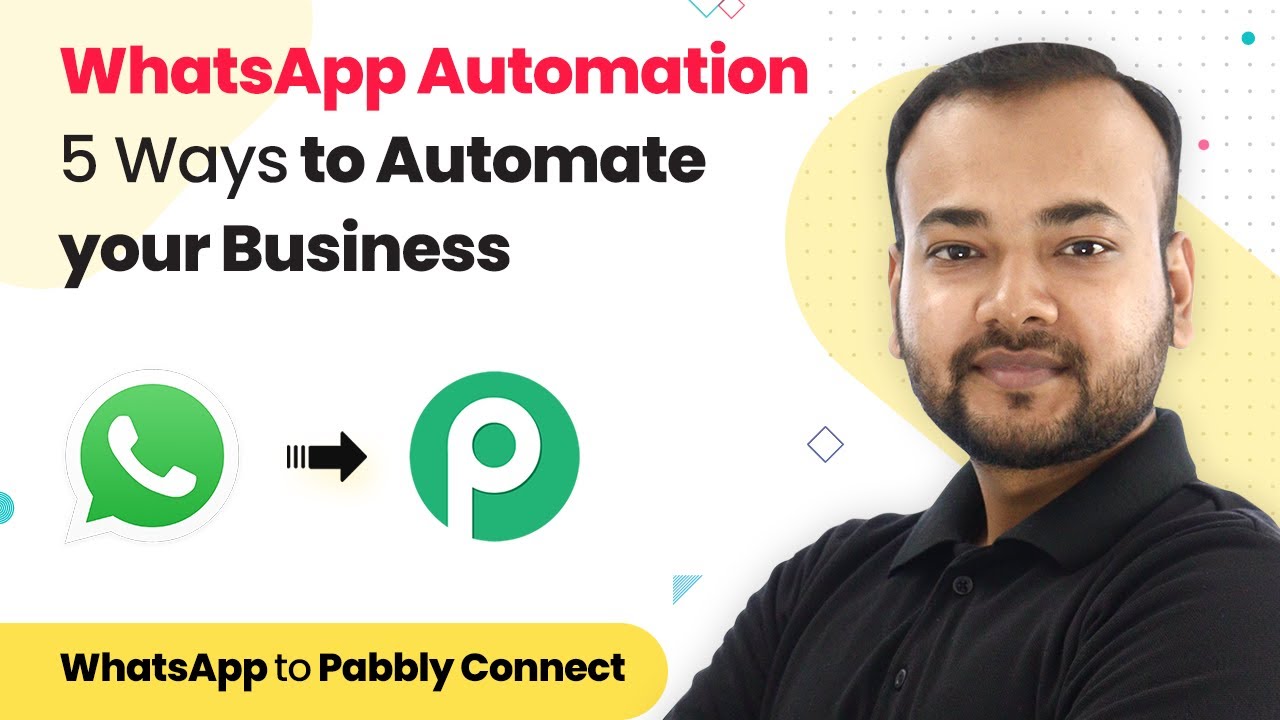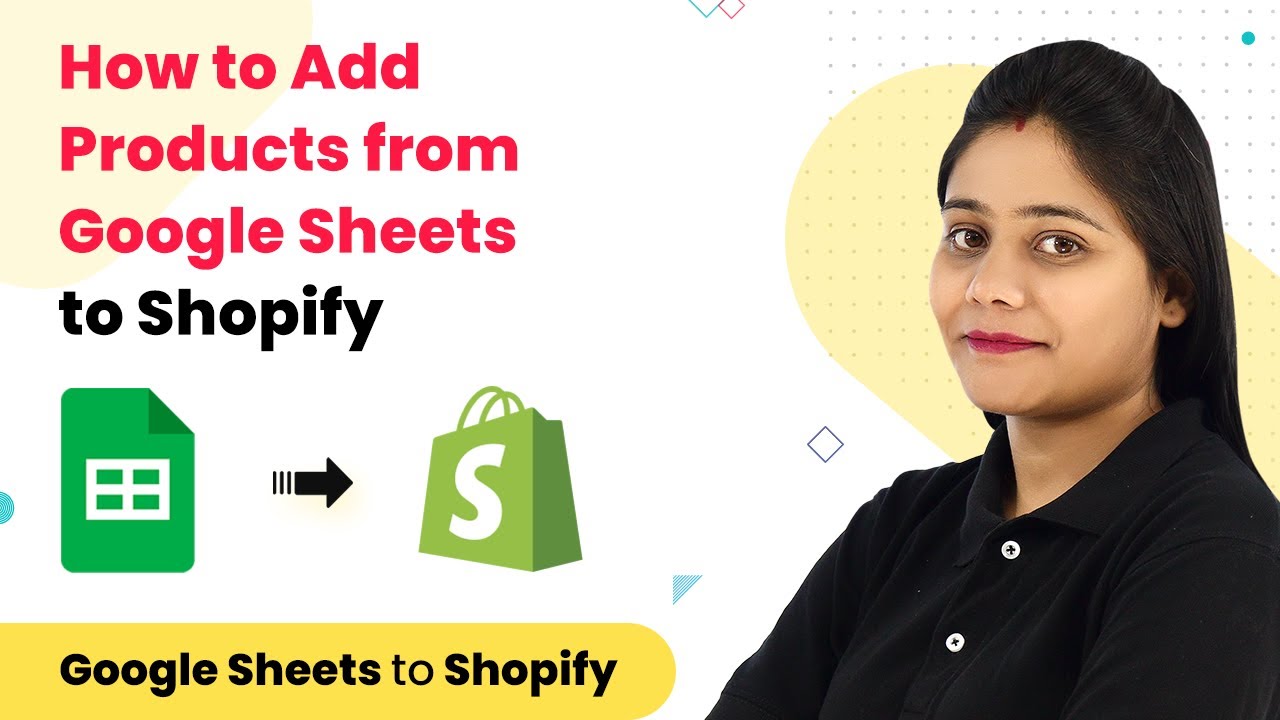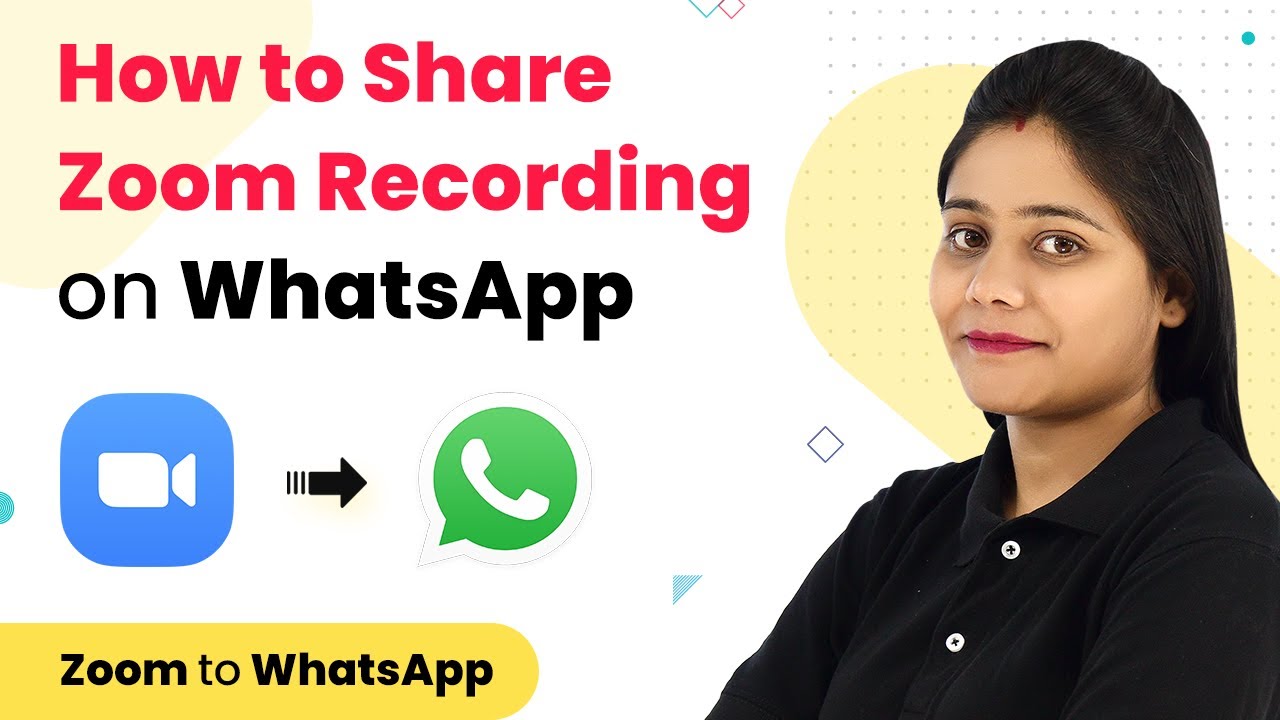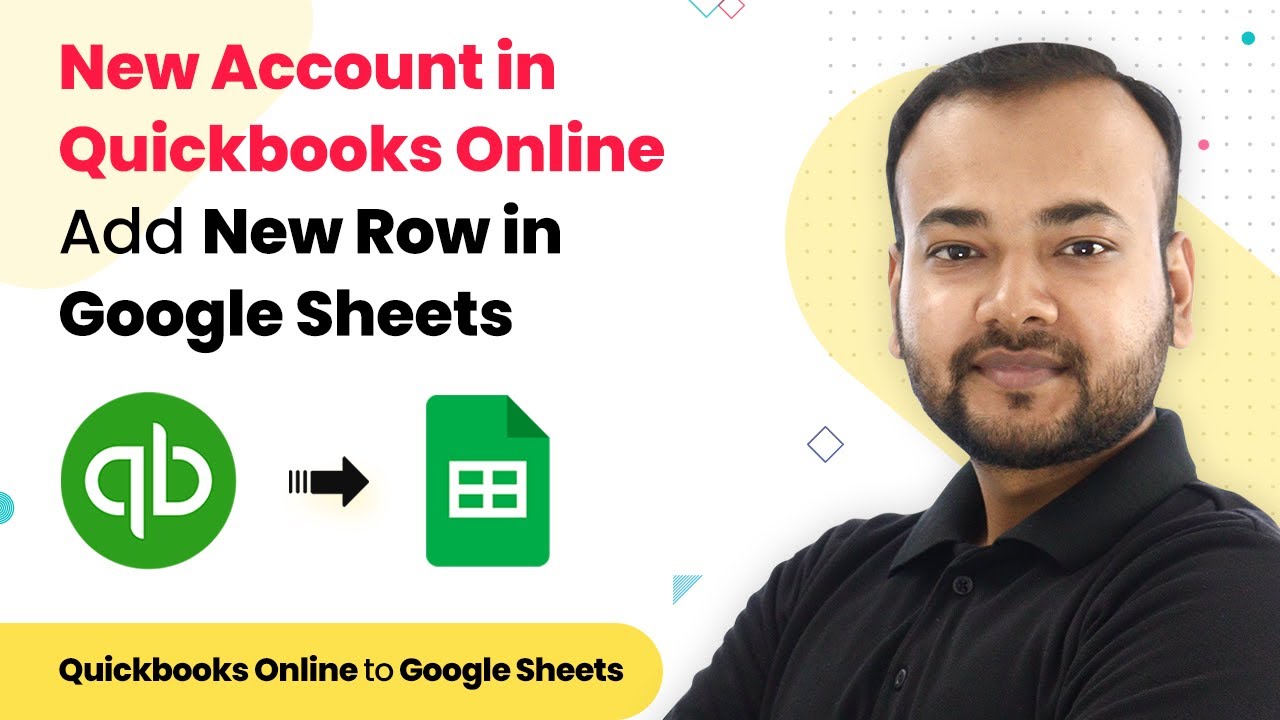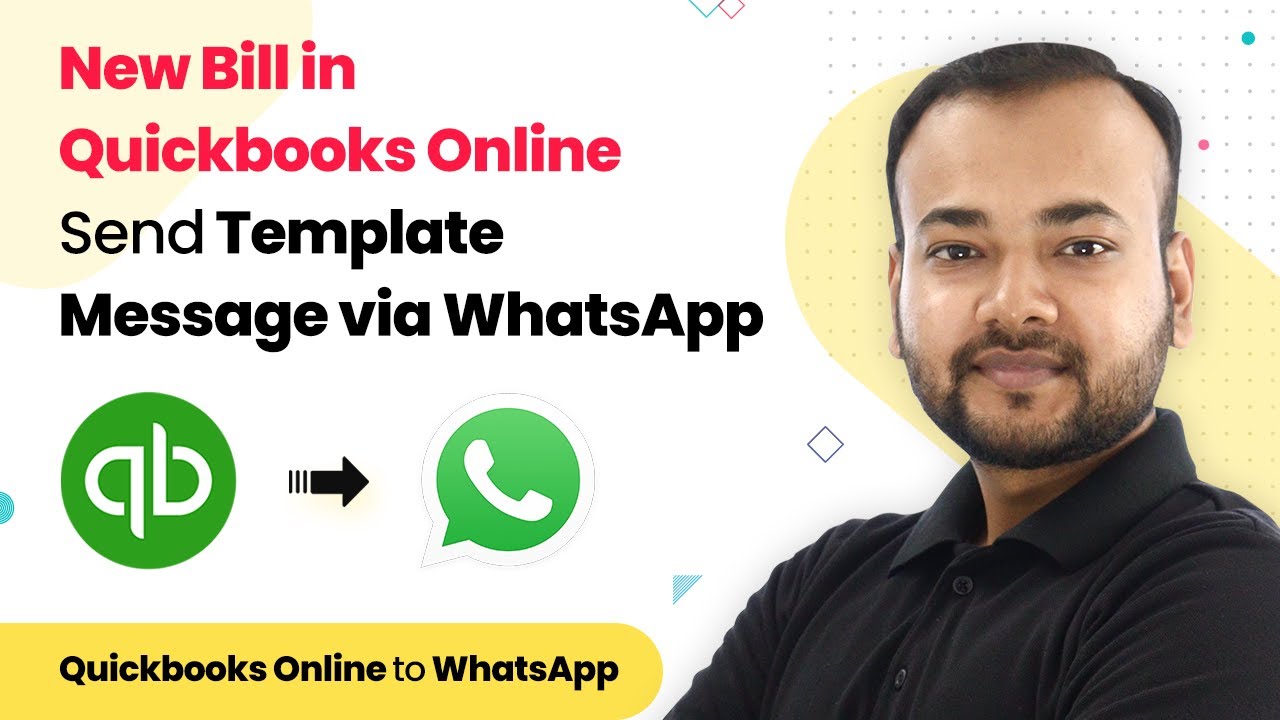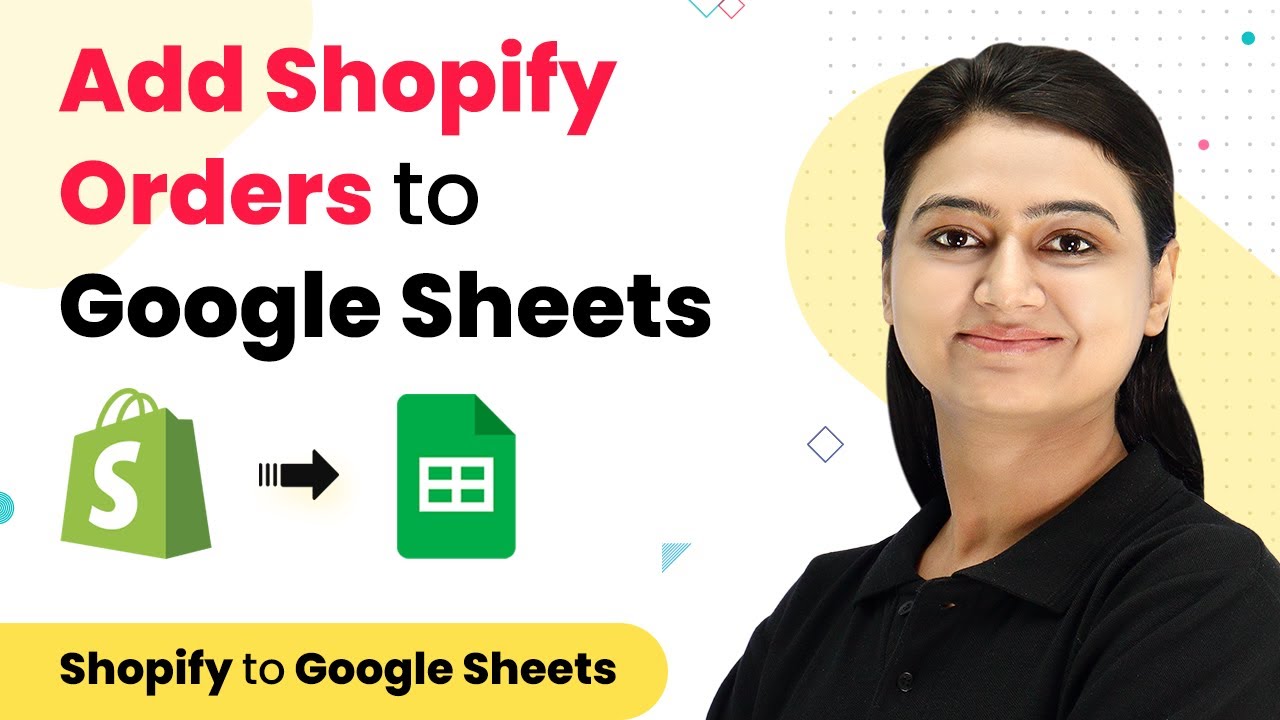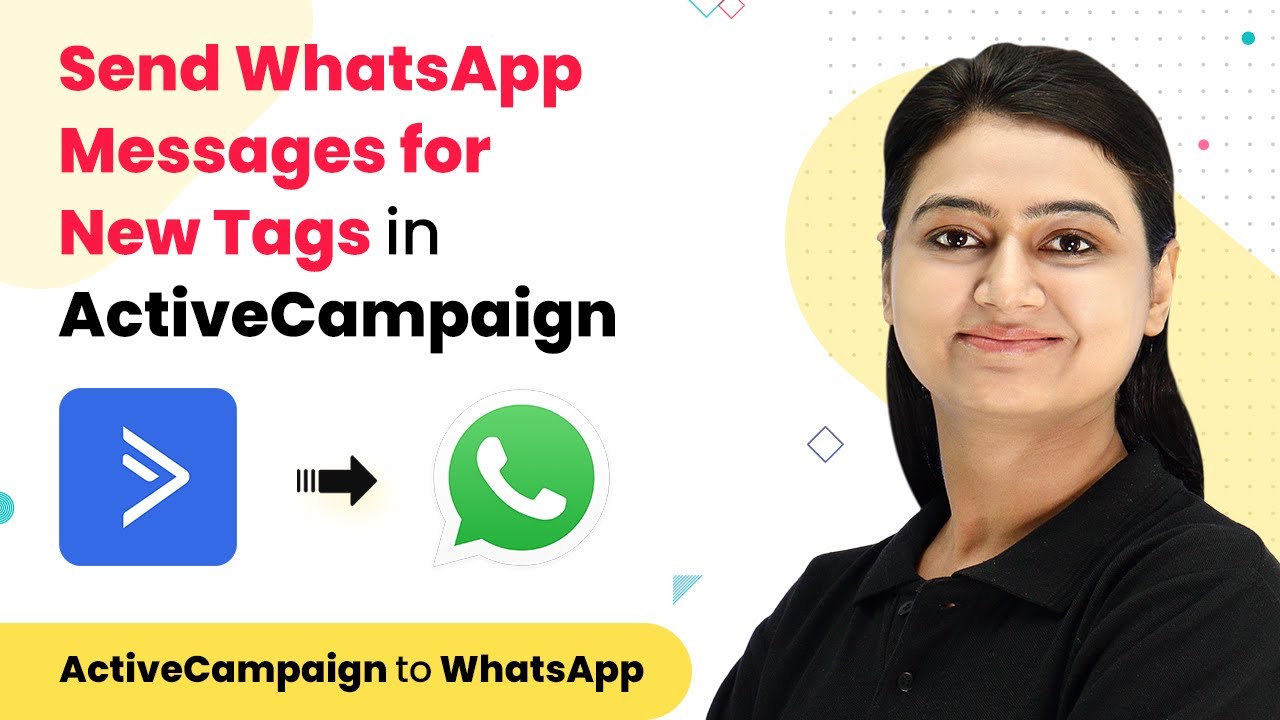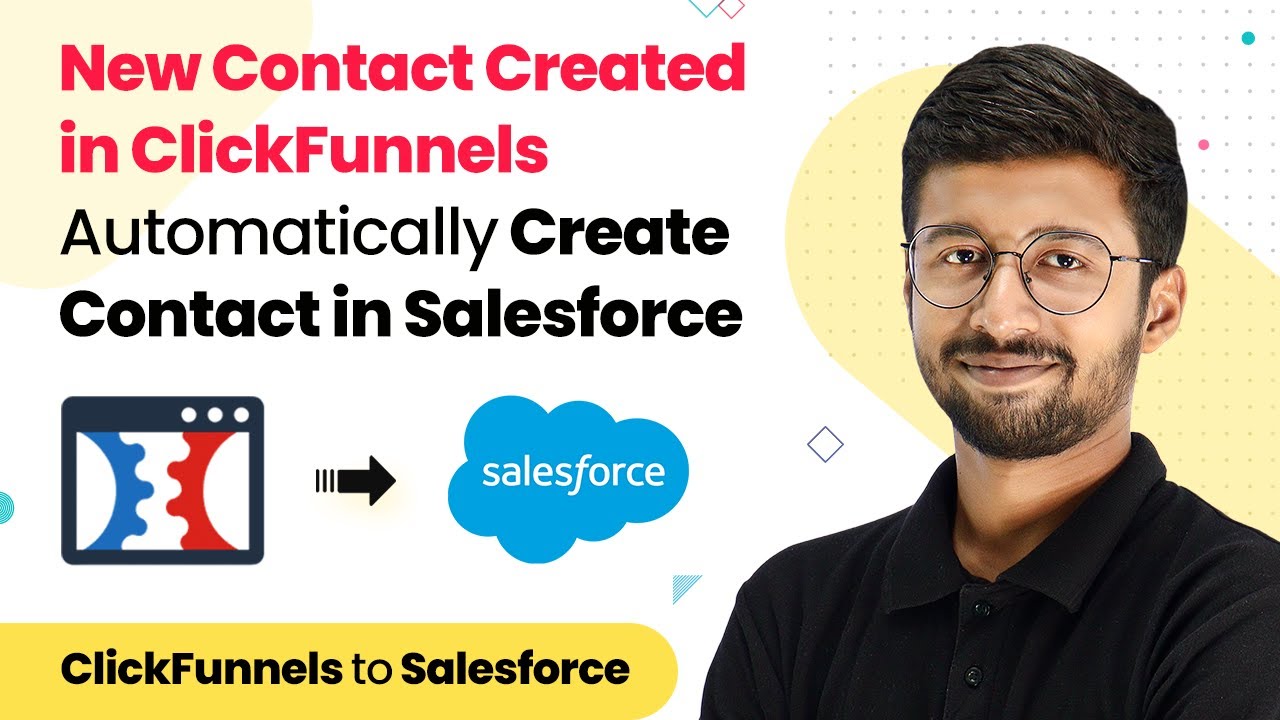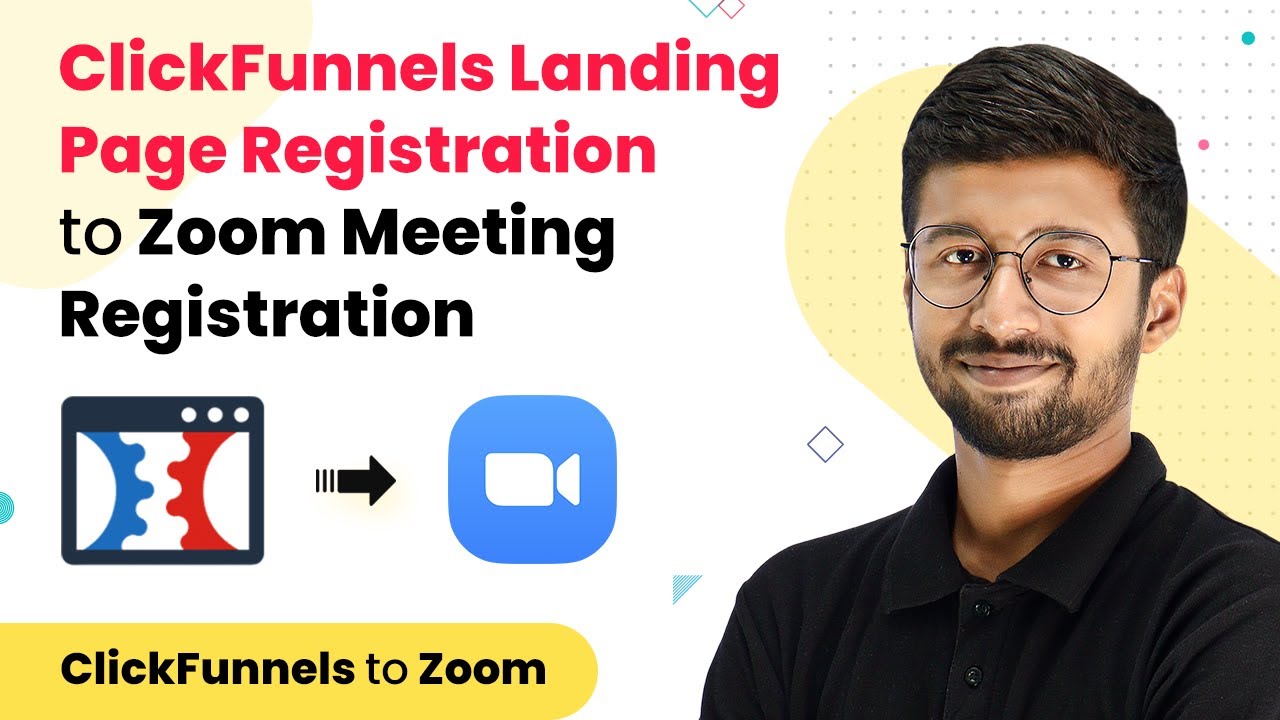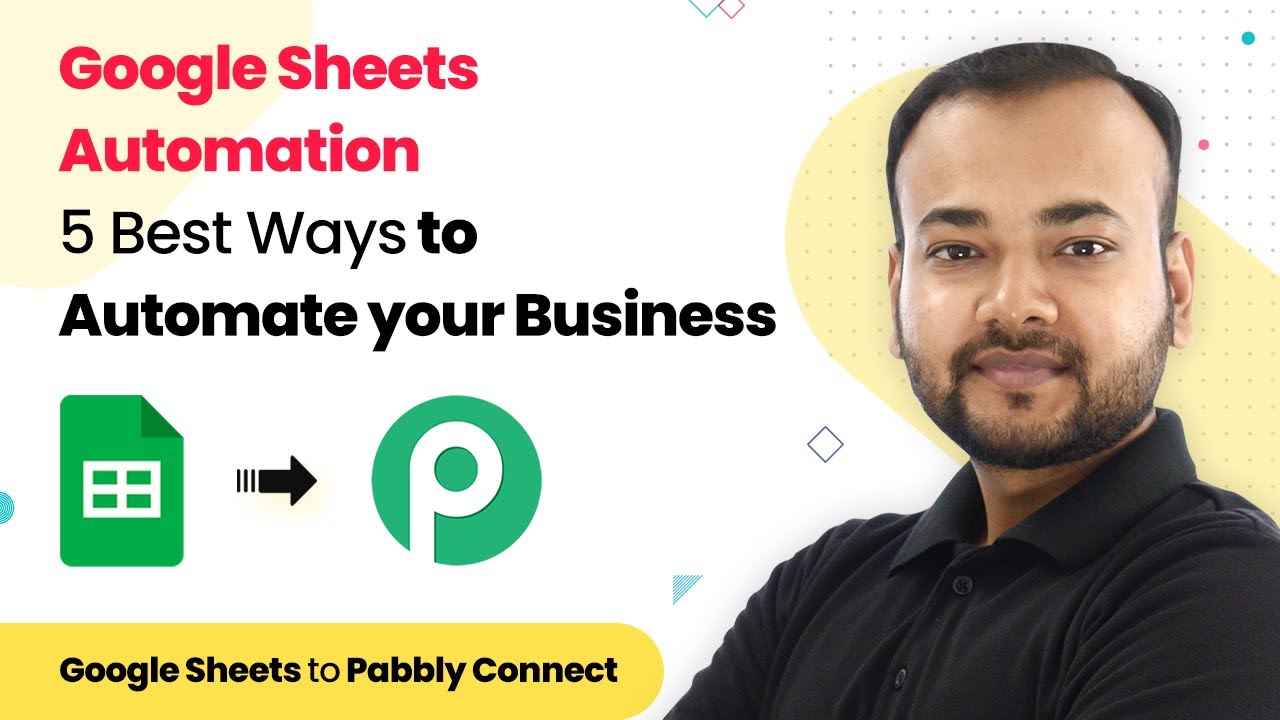Discover how to use Pabbly Connect for WhatsApp automation. Learn five essential automations to streamline your business processes effectively. Follow this definitive guide to creating powerful automated workflows with straightforward, efficiency-focused solutions that save valuable time.
Watch Step By Step Video Tutorial Below
1. Google Sheets to WhatsApp Automation
Using Pabbly Connect, you can automate sending messages from Google Sheets directly to WhatsApp. This integration is incredibly useful for businesses that manage customer data in spreadsheets.
With this automation, you can send bulk messages to all your contacts stored in Google Sheets. The steps to set this up in Pabbly Connect are straightforward:
- Connect your Google Sheets account in Pabbly Connect.
- Select the specific spreadsheet containing your customer data.
- Map the required fields to send messages via WhatsApp.
This method ensures that your messages reach customers effectively, enhancing communication and engagement.
2. Google Forms to WhatsApp Automation
Integrating Google Forms with WhatsApp through Pabbly Connect allows you to send automated messages whenever someone fills out a form. This is particularly beneficial for feedback or survey forms.
To set up this automation, follow these steps in Pabbly Connect:
- Connect your Google Forms account to Pabbly Connect.
- Choose the form you want to integrate.
- Set up the WhatsApp message to be sent upon form submission.
This automation not only enhances customer interaction but also builds a personal connection with respondents.
3. WooCommerce to WhatsApp Automation
For e-commerce businesses, automating notifications from WooCommerce to WhatsApp via Pabbly Connect is essential. This ensures that customers receive timely updates about their orders.
To implement this integration, you can follow these steps in Pabbly Connect:
Connect your WooCommerce account within Pabbly Connect. Select the triggers for order notifications. Design the WhatsApp messages for order confirmations and updates.
This setup allows you to keep your customers informed about their purchases, improving their overall shopping experience.
4. Zoom to WhatsApp Automation
Sending reminders for Zoom meetings via WhatsApp can be easily automated using Pabbly Connect. This is particularly useful for webinars and scheduled meetings.
To create this automation, follow these steps in Pabbly Connect:
Connect your Zoom account in Pabbly Connect. Set triggers for upcoming meetings or webinars. Craft the WhatsApp messages to include meeting links and details.
This automation ensures that participants are reminded promptly, enhancing attendance and engagement.
5. Gmail to WhatsApp Automation
Automating alerts from Gmail to WhatsApp through Pabbly Connect ensures that you never miss important emails. This is especially helpful for busy professionals.
To set this automation up, you can follow these steps in Pabbly Connect:
Connect your Gmail account to Pabbly Connect. Set triggers for important emails you want to track. Design the WhatsApp alerts to include key email details.
This integration helps you stay updated on important communications without constantly checking your inbox.
Conclusion
In summary, using Pabbly Connect for WhatsApp automation enhances your business communication significantly. With integrations like Google Sheets, WooCommerce, and Gmail, you can streamline processes and engage customers effectively.
Ensure you check out Pabbly Connect to create business automation workflows and reduce manual tasks. Pabbly Connect currently offer integration with 2,000+ applications.
- Check out Pabbly Connect – Automate your business workflows effortlessly!
- Sign Up Free – Start your journey with ease!
- 10,000+ Video Tutorials – Learn step by step!
- Join Pabbly Facebook Group – Connect with 21,000+ like minded people!
By implementing these automations, you can save time and improve customer satisfaction, making your business operations more efficient.
